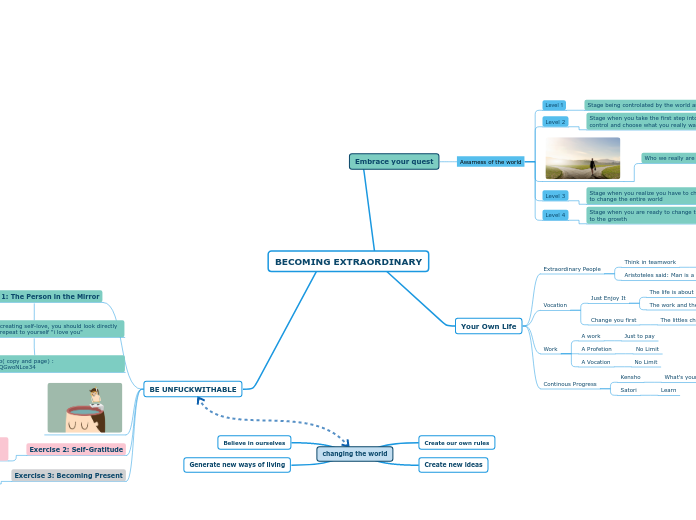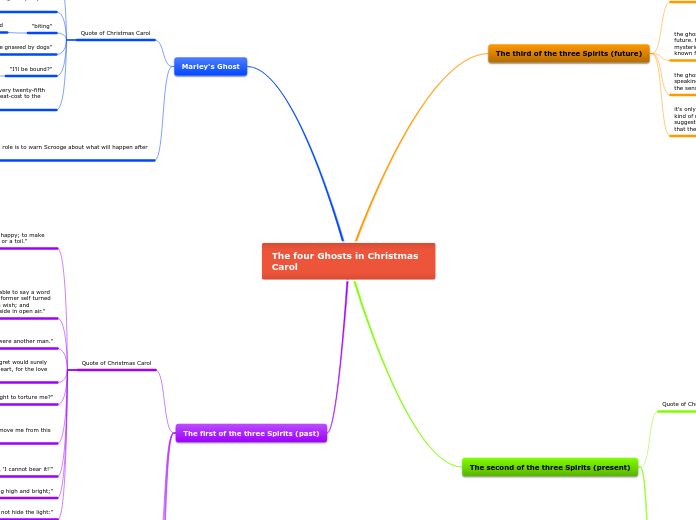Increments and Differentials
Differentials of y (dy)
They give an estimate of the real change on the value of a quantity (or variable).
dy ≈ Δy
dy = f ’ (x) * dx
Infinitely small quantities.
Increments vs Differentials
Differentials
The information comes from the tangent line.
dy ≈ Δy dx = Δx
dy = f ’(x) * dx dx = x2 – x1
f ’(x) * dx ≈ y2 – y1
Give an estimate of the real change among two values.
Increments
The information comes from the actual situation (f(x)).
y2 = Δy + y1 x2 = Δx + x1
Δy = y2 – y1 Δx = x2 – x1
Give the real change between two quantities.
Increment (Δy)
Can be positive or negative (decrement).
To calculate an increment you need to obtain the difference between the final and the initial value:
Δy = y2 – y1
Δx = x2 – x1
To denote an increment we use upper case delta: Δ
Used to show a change in the value of a variable.
Δy: change on the variable y
Δt: change in time
ΔT: change in Temperature
Δy: change in the volume of an object
Δp: price
When a changing quantity passes from an initial value to another value, it is said that it had an increment.









